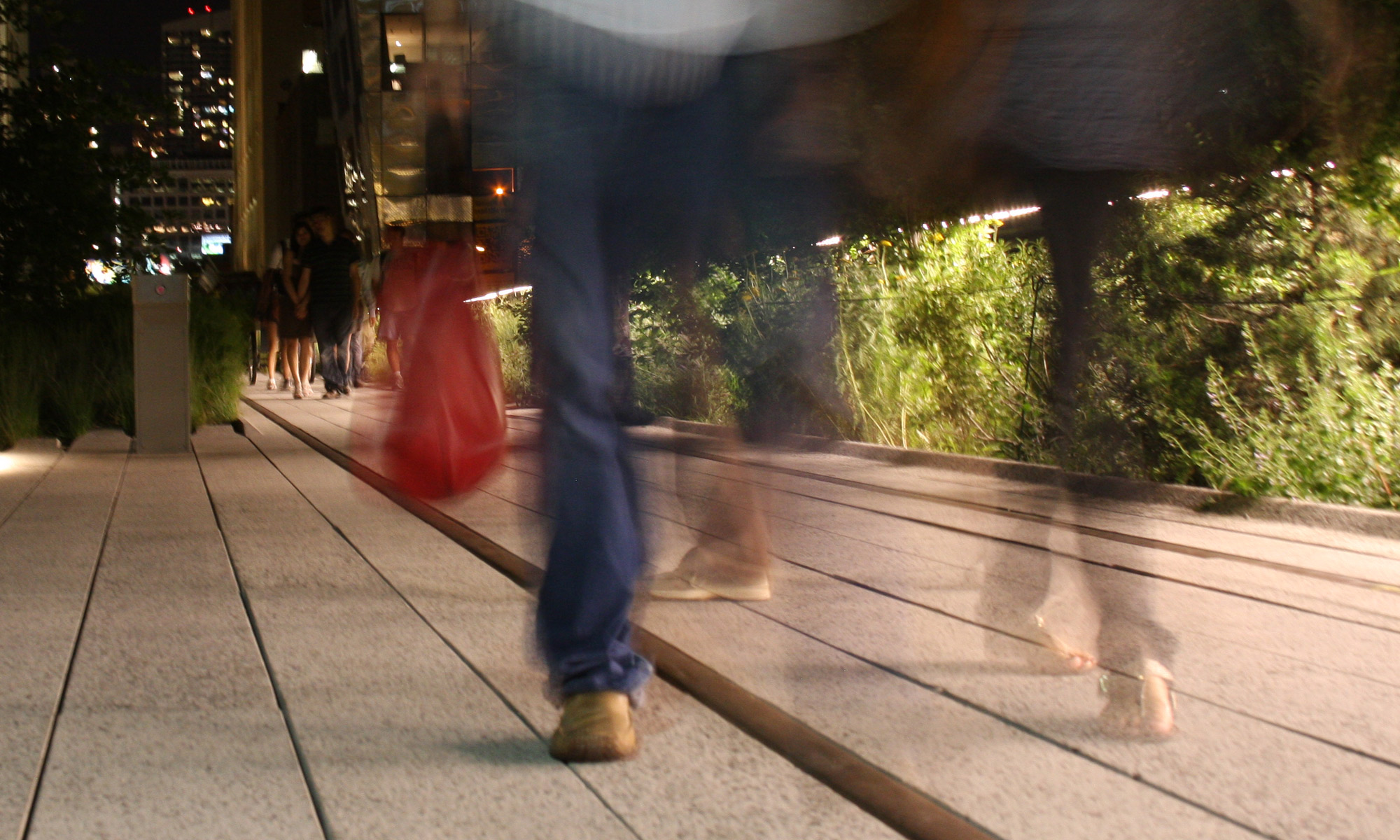I roast my own coffee and about a year ago I read an article about freezing green coffee beans to keep them fresher than they would be if just stored normally in a cool clean place.
I have now done the experiment and first results are promising. Beans stored in a sealed vacuum pack bag in the freezer had more berry and chocolate notes as well as being slightly sweeter after roasting than those stored normally. The beans stored normally had a flatter, less interesting flavor profile.
Both sets of beans had rested unmolested in their respective storage areas at home for about 10.5 months. When the bags were opened, the aroma of the green beans was unmistakably different with the beans that had been frozen giving off a fresh vegetation grassy smell consistent with a new arrival of beans. The beans stored at room temperature were unremarkable with a sort of neutral smell.
Detailed Discussion
El Salvador Finca Limus Bella Vista Natural beans were purchased from Burman Coffee Traders in mid-August, 2021. Two pounds were stored in the bag they came in downstairs in a cool spot. The bag has a couple small holes which allow some small air exchange. One pound, retaining the plastic bag it was shipped in, was put in a vacuum seal bag and stored in a freezer. Unfortunately, the vacuum sealed bag seems to have gotten a small hole along the way so the vacuum was not retained. Double-bagging probably helped keep the beans from attaining unwanted flavors though. No frost was apparent in the bag.
The frozen beans were taken out of the freezer in mid-July, 2022 and thawed for two days followed by roasting to a full city to dark level (17% weight loss). As stated earlier, the aroma from the beans that was frozen was superior to the bag stored normally. The roast was slightly different. The beans that had been frozen started the first crack very slightly later and ended earlier than the beans from normal storage. There was a little more popcorn and other sweet aromatics in the smoke. And they entered second crack earlier. It is possible that these timings were do to having been the second batch but if so, I don’t think it was wholly do to this. The roaster was a Gene Cafe and it had an 11 minute warmup before putting the first batch in (normally stored beans). The 2nd batch (frozen beans) were put on without cool down after the first batch was poured out. Both batches went into a cooler that gets beans to ambient temperate in 2.5 to 3 minutes.
The roasted coffee was made with a pourover using 2 Hario filter holders and filters on 2 cups at the same time with water that came out of an electric water kettle set to 200F. Coffee was ground by hand in an attempt to minimize cross-contamination of different coffee. Coffee was weighed pre and post grind to make sure the amount matched.
Description from the vendor: A wonderful very fruit forward El Salvador coffee. Light roasts are full of lemony red fruit tones, on the sweet side, slightly floral, balanced with a dry nutty/chocolaty undertone. A bit front loaded, the lighter tones dominate the cup with just hints of the dry nutty lingering in the aftertaste. Medium roasts develop the darker tones nicely turning it much more chocolaty with strong red fruit accents. Not quite as lemony and would still be considered a very fruit forward cup. Many will like the medium roast best for its sweet and smooth while maintaining those lovely exotic natural processed tones. Darker roasts drop out most of the acidity but still retain a bit of fruity factor balanced though with a strong and semi-sweet smoky bakers chocolate note.
Since this was a darker roast, the description for a darker roast was a better match for the cup. The following table compares how the taste matched the description for each storage type:
| Taste Attribute | Frozen Beans | Standard Storage |
|---|---|---|
| red fruit tones | came through | hard to detect |
| on the sweet side | nice smooth sweetness | similar but slightly less so |
| semi-sweet smoky bakers chocolate note | came through | hard to detect |
Further Study
This experiment compared green coffee beans stored at room temperature in a typical bag as it came from the vendor vs coffee stored in the freezer. I have other coffee that was simply vacuum packed and stored at room temperature. This will be compared at a future date.
Conclusion
Despite losing some unknown benefit of vacuum packing the coffee beans stored in the freezer, they seem to be superior to the ones stored normally.
At the time of green bean purchase, there were rumors that coffee prices were going to climb significantly so I bought ahead. This increased my interest in the best way to store coffee for longer periods. If you know that you want to store some green beans for a longer duration, freezing them in a good, airtight container appears to be superior to leaving them at room temperature.
One byproduct of this experiment is that it seems to indicate that the best quality beans are fresher. In other words, it is probably generally better to roast more recently harvested beans than to roast “old” beans. I feel that I got a glimpse at the change in taste between fresh beans and ones that are 1.25 years plus from harvest and drying with this freezing experiment.
So we might say that fresh is best but if you are going to store green beans then vacuum packing them and freezing them is a good alternative.
